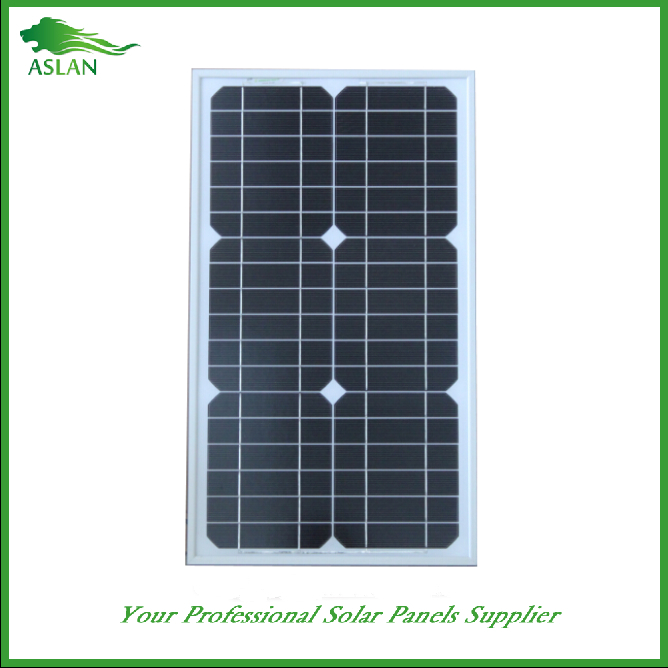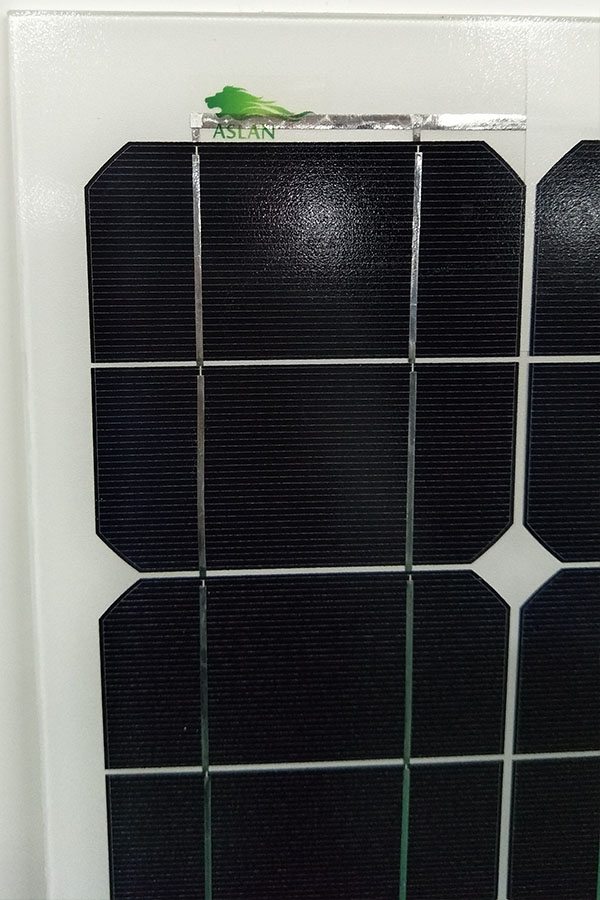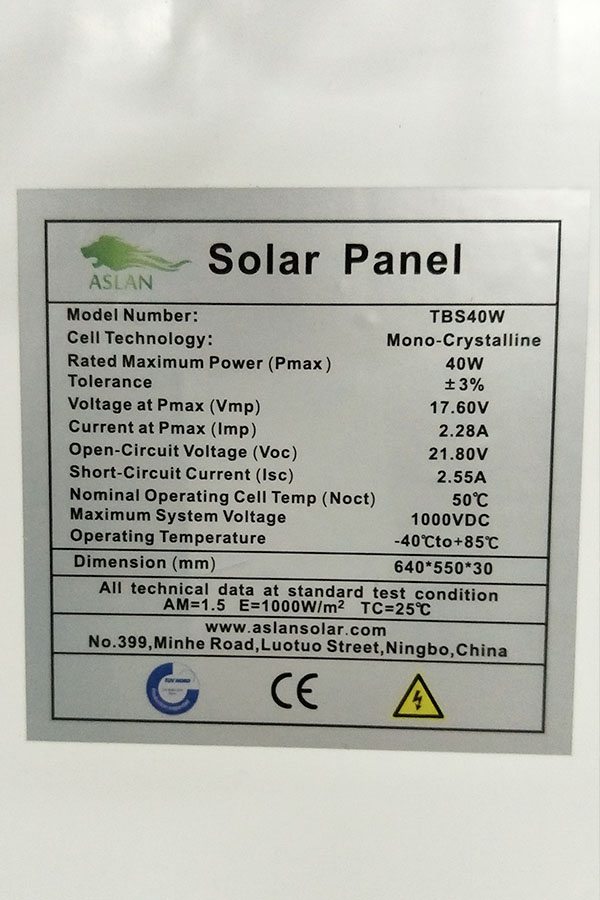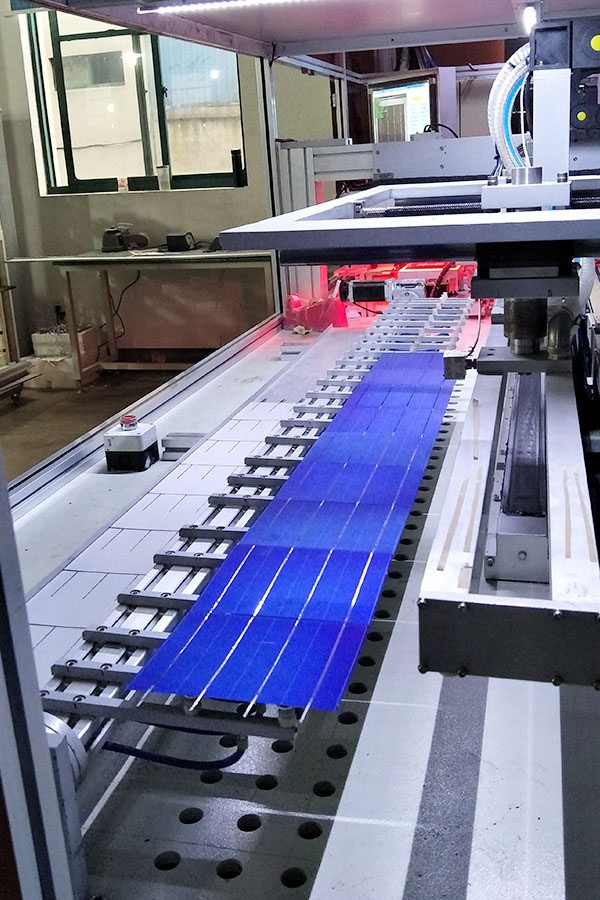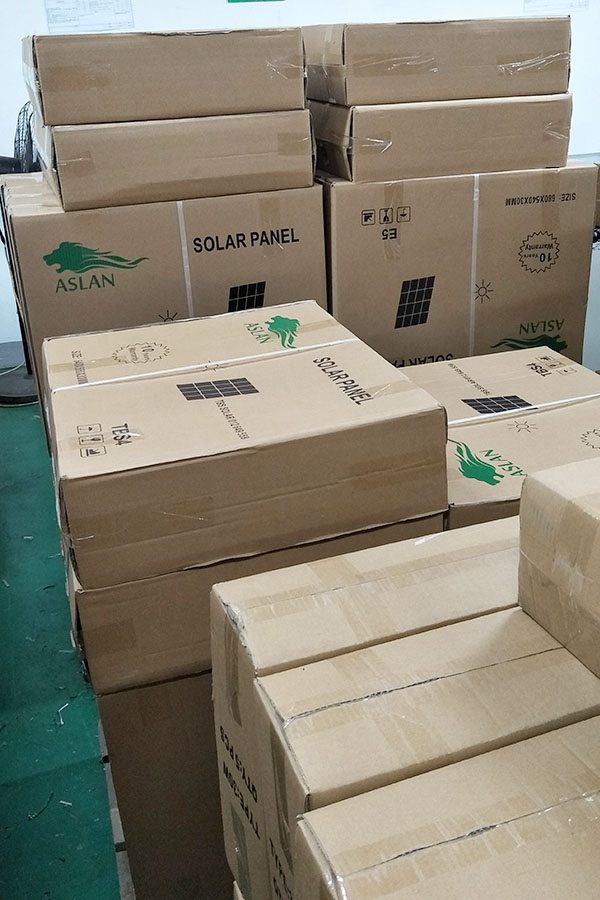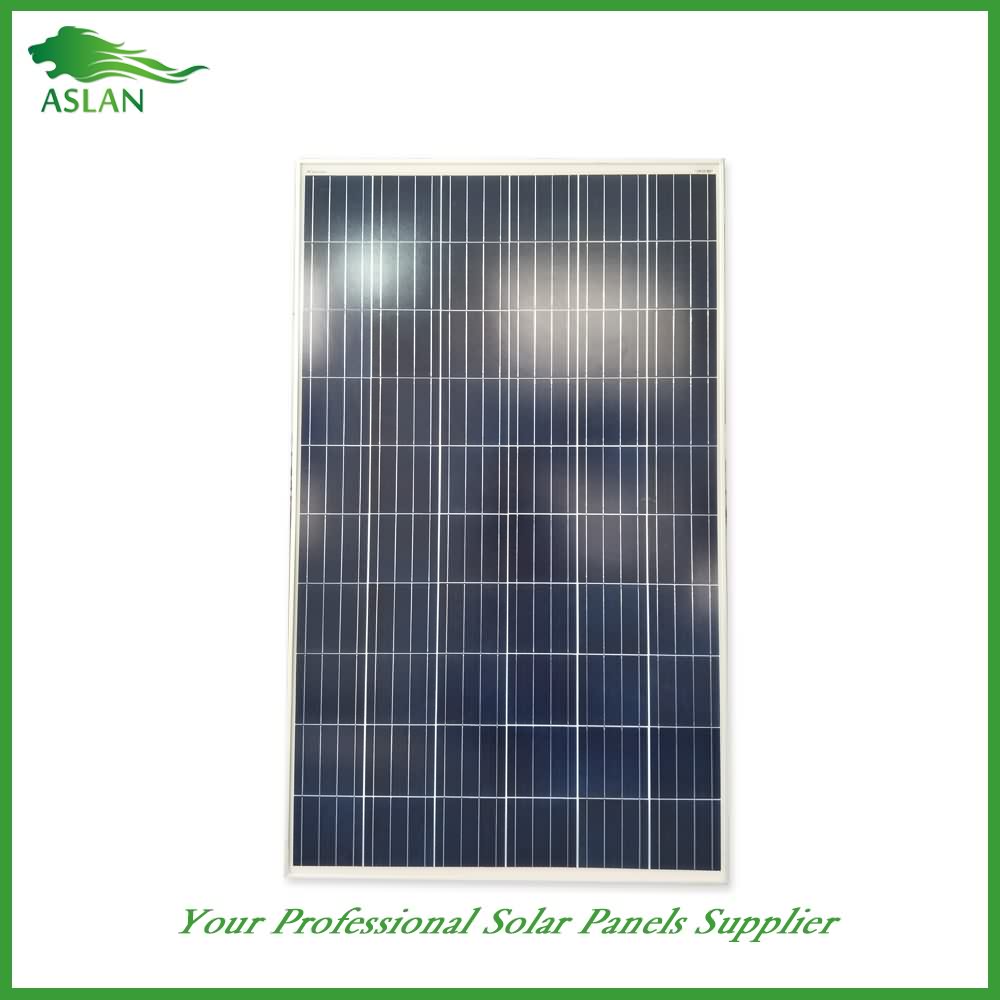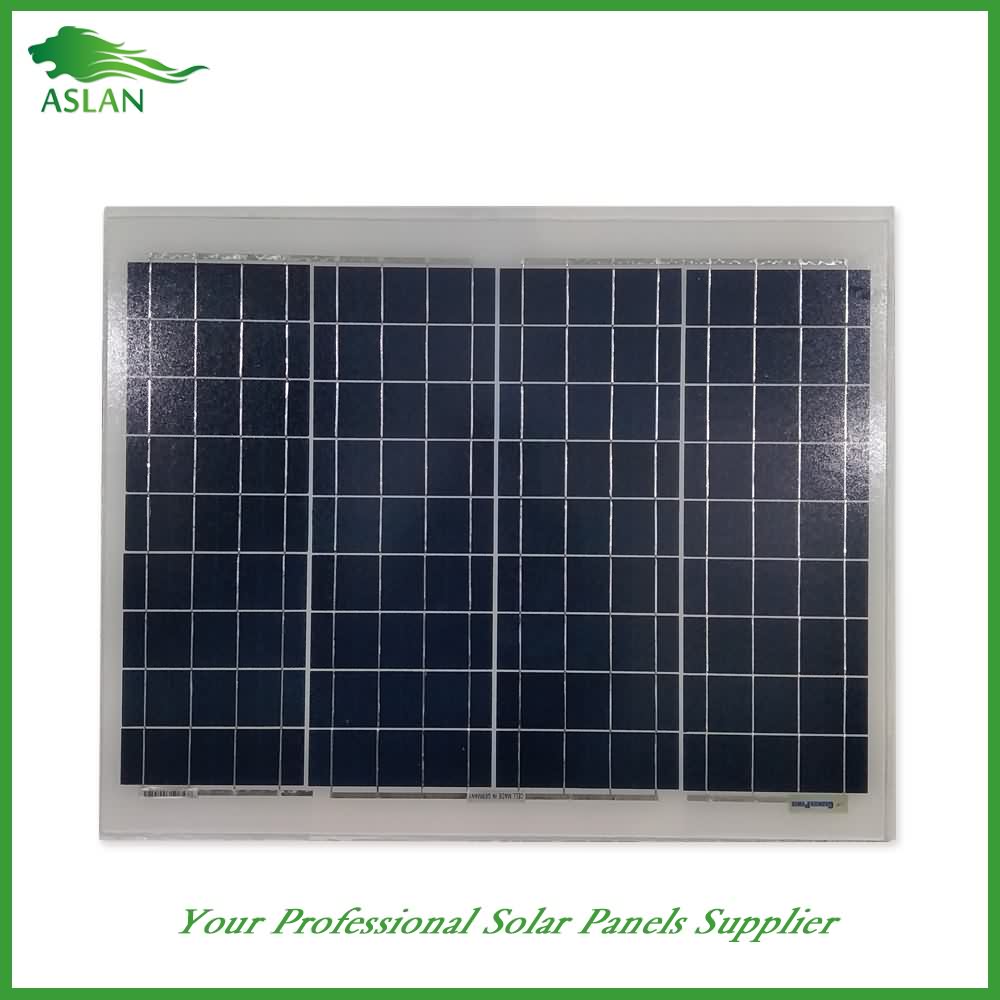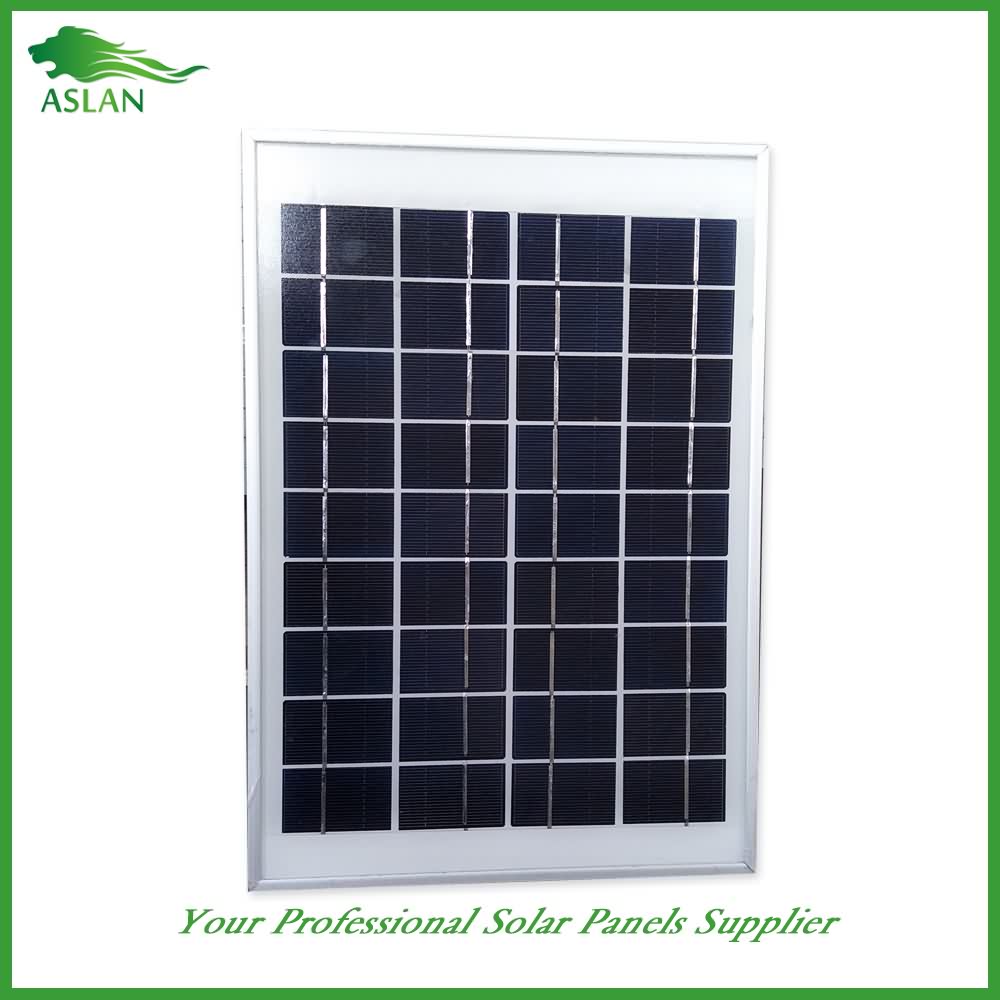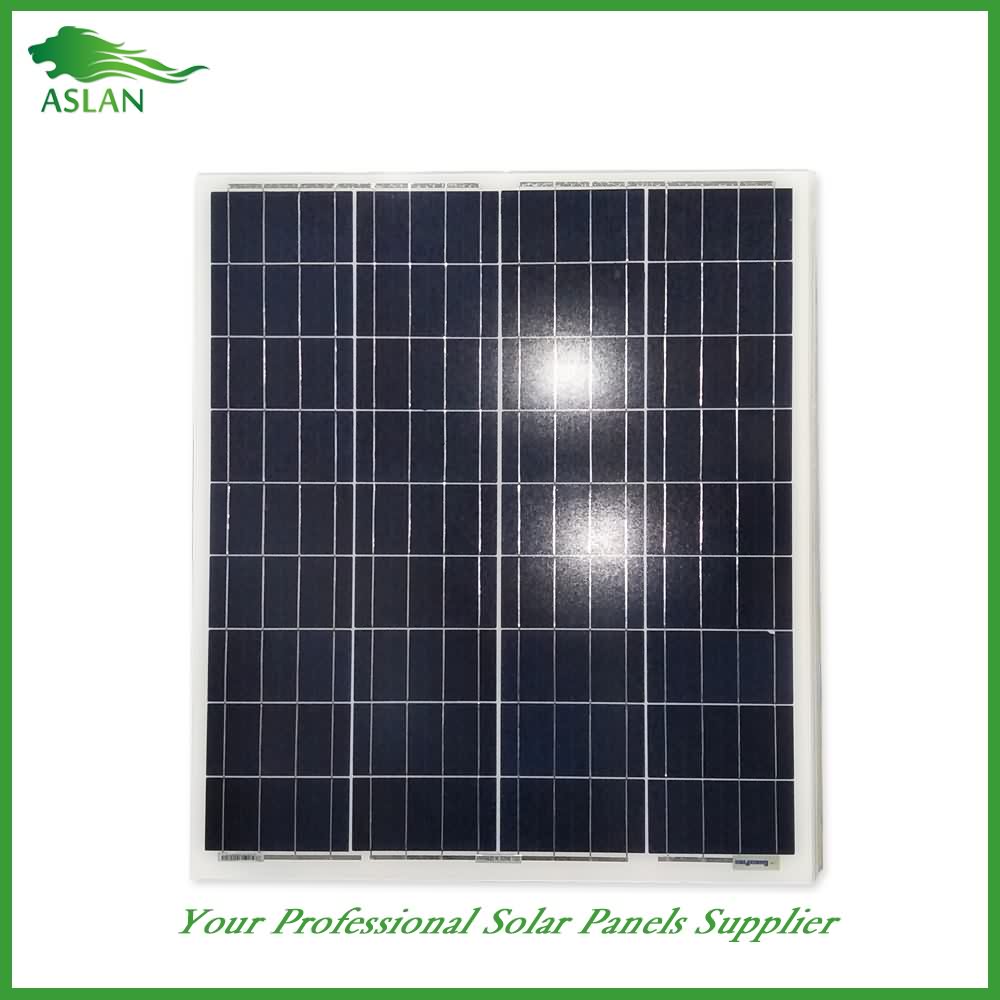16 Years Factory Mono-Crystalline 30W Solar Panel for Paris
Short Description:
In the past few years, our company absorbed and digested advanced technologies both at home and abroad. Meanwhile, our company staffs a team of experts devoted to the development of 16 Years Factory Mono-Crystalline 30W Solar Panel for Paris, We welcome you to join us in this path of creating a prosperous and efficient business together.
Mono-Crystalline 30W Solar Panel
Technical parameter
Maximum Power(W) 30W
Optimum Power Voltage(Vmp) 17.66V
Optimum Operating Current(Imp) 1.71A
Open Circuit Voltage(Voc) 21.39V
Short Circuit Current(Isc) 1.88A
Mechanical Characteristics
Cell Type Mono-crystalline 125×41.6mm
No of Cell 36 (4x9pcs)
Dimensions 449x554x25mm
Weight 2.8Kg
Front Glass 3.5mm,High Transmission, Low Iron,Tempered Glass
Junction box IP65 Rated
Output Cable TUV 1×4.0mm2/UL12AWG,Length:900mm
Temperature and Coefficients
Operating Temperature(°C): -40°C ~ + 85°C
Maximum System Voltage: 600V(UL)/1000V(IEC) DC
Maximum Rated Current Series: 15A
Temperature Coefficients of Pmax: -0.47%
Temperature Coefficients of Voc: -0.389%
Temperature Coefficients of Isc: 0.057%
Nominal Operationg Cell Temperature (NOCT): 47+/-2°C
Materials of solar panel
1).Solar Cell——Mono-crystalline solar cell 125*41.6mm
2).Front Glass——-3.2mm, high transmission, low iron, tempered glass
3).EVA——-excellent anti-aging EVA
4).TPT——-TPT hot seal made of flame resistance
5).Frame——anodized aluminum profile
6).Junction Box——-IP65 rated, high quality, with diode protection
Superiority: high quality anodized aluminum frame, high efficiency long life, easy installation, strong wind resistance, strong hail resistance.
Features
1. High cell efficiency with quality silicon materials for long term output stability
2. Strictly quality control ensure the stability and reliability, totally 23 QC procedures
3. High transmittance low iron tempered glass with enhanced stiffness and impact resistance
4. Both Poly-crystalline and Mono-crystalline
5. Excellent performance in harsh weather
6. Outstanding electrical performance under high temperature and low irradiance
Quality assurance testing
Thermal cycling test
Thermal shock test
Thermal/Freezing and high humidity cycling test
Electrical isolation test
Hail impact test
Mechanical, wind and twist loading test
Salt mist test
Light and water-exposure test
Moist carbon dioxide/sulphur dioxide
Here I demonstrate how to make a very good capacitor using safe and easily available products.
How the graphene was made
How the capacitor was made……..
The plates…..You can use Aluminium as the plates or you could improve this by using activated carbon instead.
The Graphene……. You could make better quality graphene using alternative methods of production. You could apply a greater quantity of graphene resulting in better duration.
The electrolyte…….You could use an acid or an alkaline liquid of various types. Hint… Try potassium aluminum sulfate.
The dielectric… When it comes to Titanium Dioxide as dielectric, the thinner the film the better. This type of titanium is rutile so is no good for solar panel.
The reason I thinned the coating is because the DFT (Dry film thickness) will be less resulting in better current holding abilities. Generally speaking, a DFT of 10 to 15 microns produces the best results. The WFT (wet film thickness) is 70 to 75 microns.
The carrier… I used an acrylic latex (water based) because the micelle formation creates a continuous phase formation of the cured coating. This tends to aid the incorporated titanium dioxide with the graphene surface layer producing a robust, consistent and balanced system. It also enables the user to build the capacitor easily. And just by coincidence it performed better than PVA.
Thinner and more elastic films can be created and handled using an acrylic latex compared to most coatings of the same DFT.
The titanium dioxide provides the current(And current holding) for the system. The graphene provides the conduit for the power , and to a less extent the current holding ability, of the system.
I have not tried anatise titanium dioxide. although it would be interesting considering the make up of a solar cell. In theory a diy solar cell could be produced using the same system plus one other element…….. Maybe later ![]()
I hope you enjoedy this video and are inspired to create for yourself.
Thanks for watching.
Cheers
Pete. neatpete45@gmail.com
